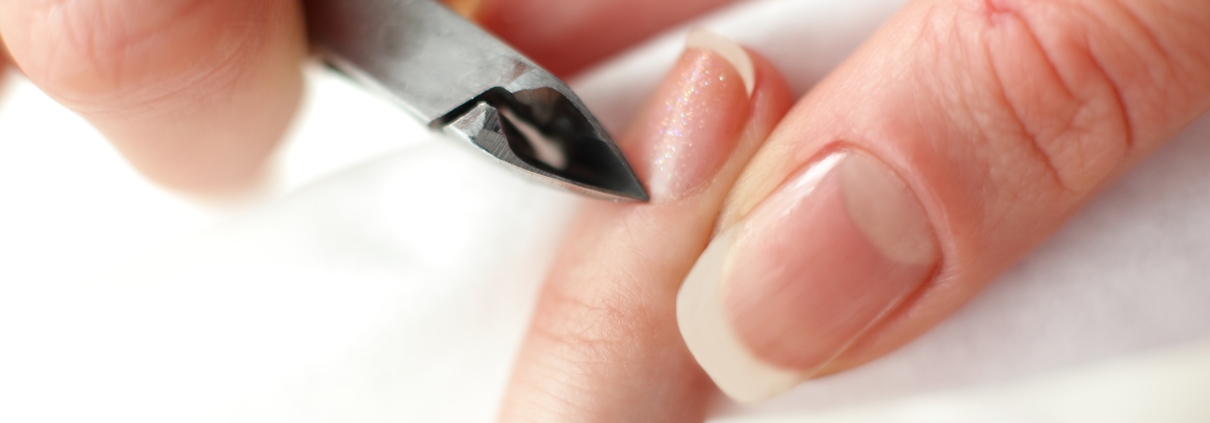Understanding and Addressing Peeling Nails
Our nails are not only aesthetic components of our fingers but also indicators of our overall health. When nails start peeling, it can be both a cosmetic concern and a potential signal that something might be amiss. In this article, we explore the causes of peeling nails, potential health implications, and practical tips for addressing and preventing this common issue.
The Anatomy of Nails
To comprehend why nails may peel, it’s essential to understand their structure. Nails are composed of layers of a protein called keratin. The outermost layer, known as the nail plate, is what we see. Beneath the nail plate lies the nail bed, and the cuticle acts as a protective barrier between the plate and the surrounding skin.
Common Causes of Peeling Nails
Dehydration: Lack of moisture is a primary culprit for peeling nails. Dry conditions, excessive hand washing, and exposure to harsh chemicals can strip the nails of their natural oils, leading to dehydration and subsequent peeling.
Nutritional Deficiencies: Inadequate intake of essential nutrients, particularly biotin (a B-vitamin), iron, and other minerals, can impact the strength and health of nails, making them prone to peeling.
Trauma or Injury: Physical trauma to the nails, such as frequent use of nail tools, aggressive manicures, or habitual nail biting, can weaken the structure of the nails, causing them to peel.
Chemical Exposure: Contact with harsh chemicals present in cleaning agents, nail polish removers, or even certain nail polishes can contribute to nail damage and peeling.
Medical Conditions: Underlying health issues such as psoriasis, eczema, thyroid disorders, or fungal infections can affect the health of the nails, leading to peeling.
Addressing and Preventing Peeling Nails
Hydration is Key: Moisturizing your nails and cuticles regularly can help combat dryness. Consider using a nourishing nail and cuticle oil to restore moisture.
Healthy Diet: Ensure your diet is rich in vitamins and minerals, especially biotin, iron, and vitamin E, which play crucial roles in maintaining nail health.
Protective Measures: When engaging in activities that involve exposure to water or chemicals, consider wearing protective gloves to shield your nails from potential damage.
Gentle Nail Care: Adopt a gentle approach to nail care. Avoid excessive filing, harsh nail treatments, and the use of aggressive nail tools. Opt for a non-acetone nail polish remover to minimize drying effects.
Medical Attention: If peeling persists and is accompanied by other concerning symptoms, consult with a healthcare professional or a dermatologist. Underlying health conditions may require specific treatments.
Peeling nails can be a common and often manageable concern. By understanding the causes and adopting healthy nail care practices, you can promote stronger, more resilient nails. While occasional peeling may be attributed to external factors, persistent or severe cases may warrant professional attention to address any underlying health issues. Embracing a holistic approach to nail care ensures that your nails not only look their best but also serve as indicators of your overall well-being.





